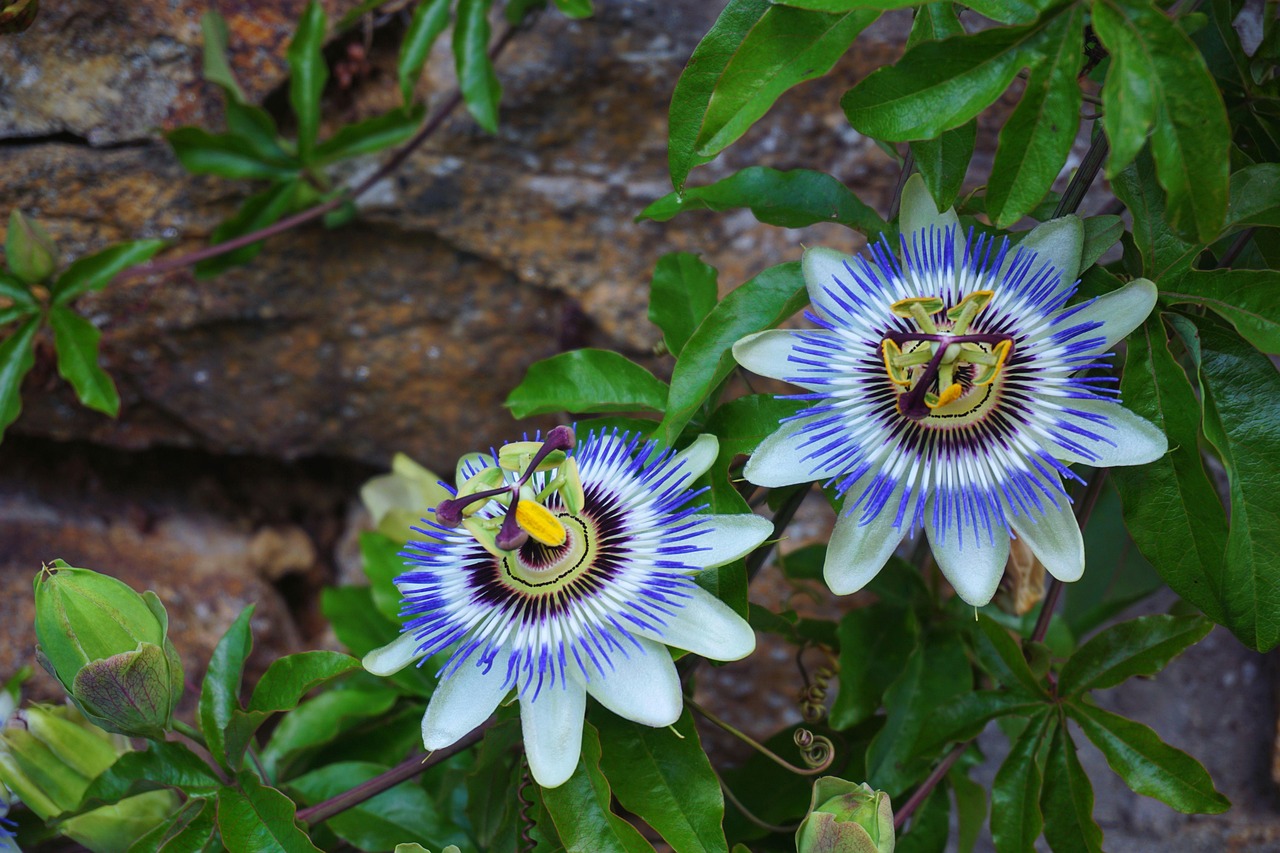
Purple Passionflower
Passiflora incarnata
Basic Information
🌿 Family: Passifloraceae🗺️ Zone: 6-10
Other Names:
- Maypop
- Wild Apricot
🌡️ Ideal Temperature : 70°F – 85°F
🔥 Heat Tolerance: Up to 100°F
❄️ Cold Tolerance: Down to 0°F
🌱 Type: Perennial
Layers
- Vine
Description
Purple Passionflower is a perennial vine native to the southeastern United States. It features intricate, fringed flowers about 7.6 centimeters (3 inches) in diameter, with bluish-purple filaments and pale petals. The plant can grow rapidly, reaching lengths of over 2 meters (6.5 feet), and spreads by root suckers.
🌞💧 Sun and Water Requirements:
Prefers direct sunlight for at least half of the day and thrives in fertile, well-drained soils but can adapt to heavier clay soils. It is commonly found in open fields, rocky slopes, and along roadsides.
✂️🫘 Methods to Propagate:
Can be propagated from seeds or by cuttings. Seeds should be sown in well-drained soil and kept moist until germination. Cuttings can be taken during the growing season and rooted in a humid environment.
🧑🌾👩🌾 When to Harvest:
Fruits, known as maypops, are typically harvested in late summer to early fall when they become yellowish and slightly soft. Leaves and stems for medicinal use should be harvested during the flowering period.
Purpose
- **Edible**: The fruits are edible and can be consumed fresh or used in jams and desserts.
- **Medicinal**: Traditionally used to treat anxiety, insomnia, and other ailments.
- **Wildlife Attractor**: Attracts bees, butterflies, and serves as a larval host plant for several butterfly species.
- **Ground Cover**: Its vigorous growth habit makes it effective as a ground cover to suppress weeds.